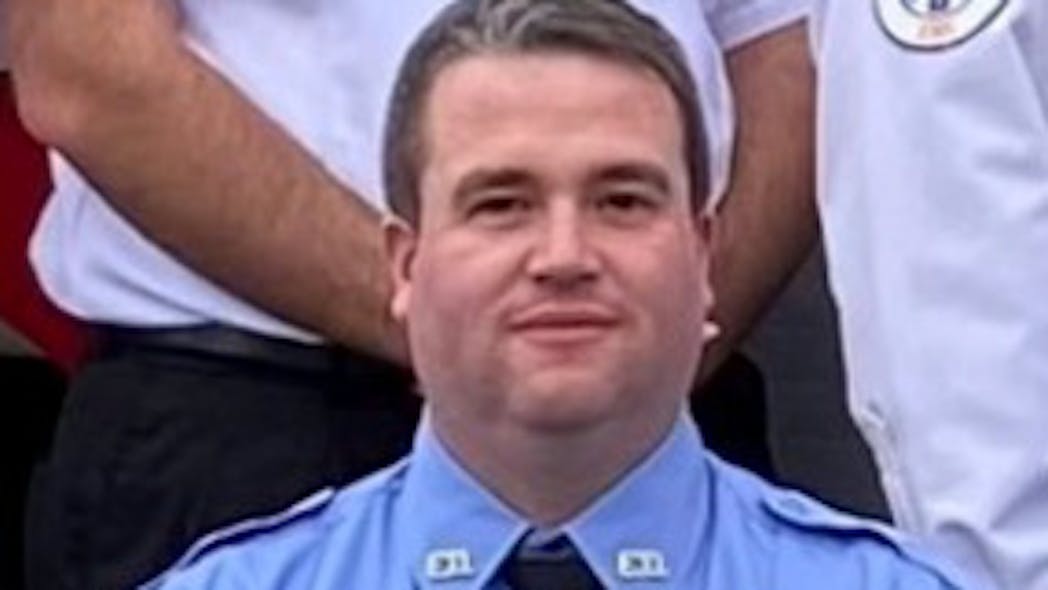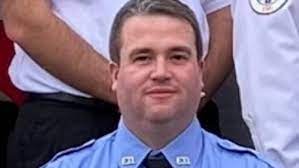Feb. 13, 2023 Grant Township Firefighter Michael Buitendorp, 40, was behind the wheel when he was stricken.
Source Firehouse.com News

A Michigan firefighter who collapsed behind the wheel of a tanker while responding to a call in 2020 died of a heart related issue.
When Grant Township firefighter Michael Buitendorp, 40, slumped behind the wheel just after telling his passenger he needed to pull over, according to a NIOSH report released Monday.
The firefighter candidate managed to get the vehicle stopped, radioed for help, removed him from the vehicle and initiated CPR, the report said.
Despite prompt intervention, Buitendorp died shortly after arriving at a hospital.
Following their probe, NIOSH investigators recommended the following:
- Implement comprehensive pre-placement and annual medical evaluations consistent with National Fire Protection Association (NFPA) 1582 Standard on Comprehensive Occupational Medical Program for Fire Departments, which should include a baseline electrocardiogram (EKG) in all individuals prior to engagement in any strenuous physical activity to rule out any underlying cardiac abnormalities.
- Consider a preplacement cardiac exercise stress test to determine the capacity for physical exertion and decrease the risk for sudden cardiac death.
- Implement an annual fitness evaluation consistent with NFPA 1582 Standard on Comprehensive Occupational Medical Program for Fire Departments to ensure personnel are physically fit to perform job expectations at emergencies.
NIOSH investigators also determined the volunteer department with 22 members had no requirement that firefighters undergo physicals. They also didn’t have a fitness program.
They added that they recognize the challenges that volunteer departments face regarding funding and finding personnel. The NFPA, they wrote, has suggestions for establishing a fitness program.
The Candidate said everything seemed fine as they made a few turns to get to the fire, but then the Driver told the Candidate that he needed to pull over. The Candidate initially thought the Driver was having difficulty with his seatbelt, but then realized there was another problem when the water tender began to slow down and veer to the left, crossing the oncoming lane. The Candidate watched as the Driver slumped over the steering wheel and called out to him a couple of times with no response. The Candidate then reached over from the passenger seat and steered the moving vehicle off the road, put the water tender in neutral, and set the air brakes. After stopping the water tender, the Candidate jumped out of the passenger seat and walked to the driver’s side, opened the door, and pushed the Driver back against the seat and away from the steering wheel. The Driver was unresponsive, and the Candidate got on the radio and called for dispatch. After three attempts with no response from dispatch, a LT responding to the camper fire in the fire engine got on the radio and asked the Candidate what he needed. The Candidate stated the Driver was down and unresponsive. The LT told the Candidate that they were only a couple blocks away and they would be there shortly to help. As the LT was talking with the Candidate, he told the FF with him in the engine to call dispatch on the fire channel for EMS assistance. The FF called dispatch and requested an ambulance as the LT continued to assure the Candidate that EMS was enroute. The Candidate was able.
